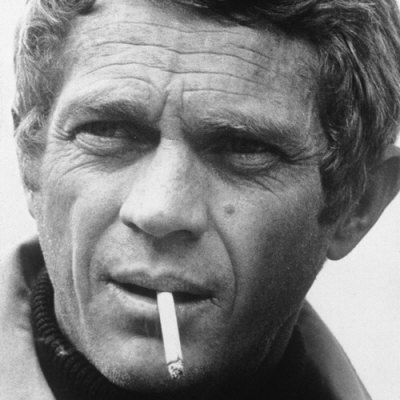 In the light of Baltimore and America’s racial tensions right now, the source of ‘cool‘ really not so cool — from Philosophy Now: ‘The aesthetics of cool developed mainly as a behavioral attitude practiced by black men in the United States at the time of slavery. Slavery made necessary the cultivation of special defense mechanisms which employed emotional detachment and irony…Provocation had to remain relatively inoffensive, and any level of serious intent had to be disguised or suppressed. So cool represents a paradoxical fusion of submission and subversion. It’s a classic case of resistance to authority through creativity and innovation.’
In the light of Baltimore and America’s racial tensions right now, the source of ‘cool‘ really not so cool — from Philosophy Now: ‘The aesthetics of cool developed mainly as a behavioral attitude practiced by black men in the United States at the time of slavery. Slavery made necessary the cultivation of special defense mechanisms which employed emotional detachment and irony…Provocation had to remain relatively inoffensive, and any level of serious intent had to be disguised or suppressed. So cool represents a paradoxical fusion of submission and subversion. It’s a classic case of resistance to authority through creativity and innovation.’
(Illustration: Steve McQueen, the not-so-original ‘King of Cool,’ found here).
Odd how shit can develop, but yet ‘cool‘ has always seemed to carry an undercurrent presence of a knowing, a near-vaporous essence of calm — if your life absolutely hangs in the balance, be cool.
Paul Oswell at the Guardian today examined the ‘cool’ phenomenon in an interview with Steve Quartz, director of the Social Cognitive Neuroscience Laboratory at the California Institute of Technology, and co-author of, “Cool: How the Brain’s Hidden Quest for Cool Drives Our Economy and Shapes Our World,” and apparently an all-white ‘cool’ — now a social-cultural mechanism:
Defining cool turns out to be tricky even for someone who has just written an entire book examining the neurological processes behind it.
Quartz’s most succinct definition was that cool is “the sweet spot between being innovative and unconventional, but not weird”.
…
He wrote the book with his colleague Anette Asp, with whom he has long done research on “neuroeconomics” and “neuromarketing”…Quartz and Asp now believe that we are at the mercy of three biological “pleasure machines” — decision makers that lurk deep inside our neurological makeup.
These are evolutionary controls concerned with survival, habits and goals. And they work together to create that pleasing “Wow, so cool!” sensation.
Certain aspects of coolness, Quartz and Asp argue, reside in an identifiable part of the brain.
“Specifically, we found that buying a desirable item or even finding a retro t-shirt in a thrift store impacts a part of the brain known as the medial prefrontal cortex,” Quartz said.
Put simply: cool things activate a pleasure center in the brain.
“The concept of cool isn’t that complicated,” Quartz said.
“But it’s interesting to look at how it gets played out. Cool is a social attribute, and as we dug into it, we saw that the concept has changed over the last forty or fifty years, from opposition and rebellion in the 1950s to today, where it is much more of a pro-social idea.”
So other words, other than ‘cool,’ won’t work, in identifying ‘cool,’ like ‘attractive‘, ‘impressive,’ or whatever, that shit ain’t cool. Phrases can work, though, like, “Dude, you need to refrigerate.”
(Maybe more cute than ‘cool’).
As a youngster, now well-more than half-a-century ago, Steve McQueen to me was ‘cool’ before I understood anything about WTF was ‘cool.’ In a kind of short span, from “Wanted Dead Or Alive,” “The Great Escape,” and “The Sand Pebbles,” he was an action-cool guy, and from “Bullitt,” onward through the rest of his movies, he was seemingly more cerebral-cool, still with some action, though, but balanced more with calm-like creativity and innovation.
Most-likely, his coolest, humane role, “Love with the Proper Stranger” with Natalie Wood, I didn’t see/understand until years later, never saw that one in a theater — maybe saw it on TV, I don’t remember. Of course, many times in this modern-techno era.
‘Cool’ also means having real feelings, too.
McQueen died the first week of November 1980 of mesothelioma cancer. He was a way-youthful 50.
One month and a day later, John Lennon was shot to death. He’d just turned 40.
Shit period for ‘cool,’ that one.